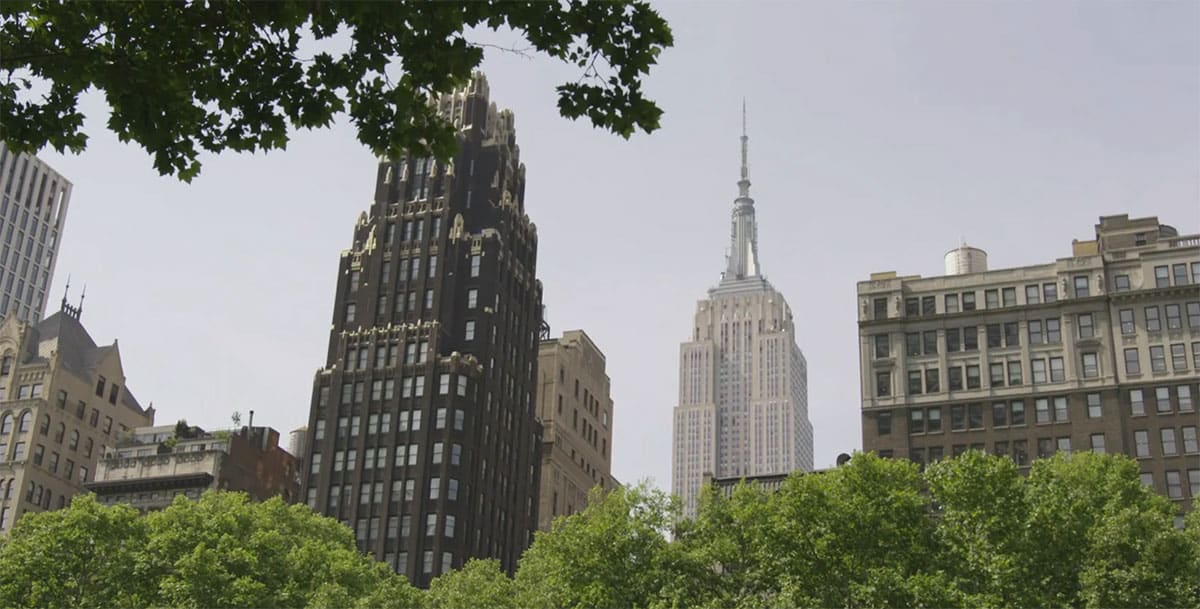
Recent website design trends offer a host of experiences that can revolutionize how your brand communicates online, such as digital maximalism, claymorphism, 90s aesthetics, bright colors, creative social proofs and inclusivity.
Parallax scrolling is an increasingly popular effect that adds movement and depth to pages by making foreground images move faster than their backgrounds, creating the impression of depth while drawing visitors in deeper.
Glassmorphism
Glassmorphism is a design style that utilizes blurs and transparency to mimic the appearance of frosty glass, giving an impression of depth and dimensionality to websites. This technique works particularly well when combined with colorful backgrounds; however it should be used sparingly, since too many transparent elements could potentially slow your site down significantly and increase battery usage.
Glassmorphism, although relatively new, takes the concept of skeuomorphism one step further by adding translucent effects to UI elements for greater visual impact and creating visual hierarchy.
Glassmorphism designs often feature blurring as well as outlines or borders to help users distinguish different areas of an interface, which makes this design feature particularly helpful when emphasizing important information. Keep in mind, however, that this style may not be appropriate for sites serving users who have vision issues.
Glassmorphism’s website design services not only enhance the aesthetic appeal of your site, but can also enrich user experiences by creating interactive, immersive, and engaging interfaces that meet WCAG guidelines for accessibility.
Kinetic Typography
Kinetic Typography has become one of the hottest trends in web design and video animation, used everywhere from movie credits to commercials as an eye-catching way of communicating emotion-rich messages.
Instagram Reels, TikToks and YouTube Shorts benefit greatly from being easily shareable – perfect for Instagram Reels, TikToks and YouTube Shorts alike – but most notably because their visually striking nature ensures they get noticed by audiences quickly on social media platforms.
Kinetic typography offers another distinct advantage in that it can be customized to your unique requirements. Pace, movement style and font can all be adjusted to complement the color scheme of your website and produce a consistent visual result that highlights company branding.
Here’s an excellent example of kinetic typography at work – French design duo Cauboyz uses it in this music video by animating lyrics onto the screen one word at a time in sync with its audio track, creating an engaging experience for viewers.
Interactive Storytelling
Interactive storytelling is more than a web design trend – it is both thought-provoking and captivating. Its immersive nature ensures users become immersed in the story rather than passively reading words on a page.
This web design trend has the potential to last, as interactive storytelling provides a way for users to engage with your website more fully. Implementing it can boost conversion, SEO rankings and grow audiences.
Skeuomorphism, another trend in website design, uses familiar non-digital elements such as dials and switches to provide users with an intuitive experience on websites. This can make sites more user-friendly for those without extensive computer knowledge.
One of the hottest web design trends is using videos on homepages to capture audience attention, showcase products or services and add humanization. Blue Compass web designers and developers integrated this trend into the McAninch website by including several videos of its equipment, employees and projects.
Ultra-Minimalism
Ultra-minimalism, an extreme version of minimalism, reduces websites to their core elements for increased responsiveness, reduced visual clutter, and enhanced user experience on mobile devices. While taking this approach may sound simple enough, front end web developers need to ensure the design does not lose its identity by stripping away components one at a time.
Dark mode can further improve user experience with websites featuring video or interactive content, increasing accessibility while improving performance. Dark mode should especially come in handy.
A hero image is an integral element of many websites, helping convey messages and evoke emotions with one visual. Recently, some designers have substituted large or oversized typography in place of hero images for maximum impactful communication of their messages.
The Y2K aesthetic has also made a comeback, as designers embrace its retro style from early 2000’s tech gadgets and low-fi interfaces. This 2024 web design trend can help your brand express itself and differentiate itself from competitors; designers such as Kurt Champion and Aroke1 Studio have used fun design flourishes and microinteractions to recall web 1.0 nostalgia.
Moving Effects
Animations can keep users captivated from their first millisecond on your website, providing valuable user experiences by conveying essential information or emphasizing key features of the page. When used correctly, animations can keep visitors coming back.
Web design trends that incorporate animation include load animations (which play when your page loads) and click or hover animations, which activate when visitors interact with elements on your website. They can also help improve visual hierarchy and scannability as an alternative to traditional scrolling.
Parallax animation techniques create a 3D effect by layering objects at different speeds to simulate an illusion of 3D space on websites. A great example is found on Belle Epoque’s “Aerate” website, where scrolling or hovering causes each letter of its name to increase in size when scrolled or hovered upon. While effective and not detracting from content presented here, be wary not to overdo such effects–too many distractions could make it difficult for visitors to focus on what really matters on site!




